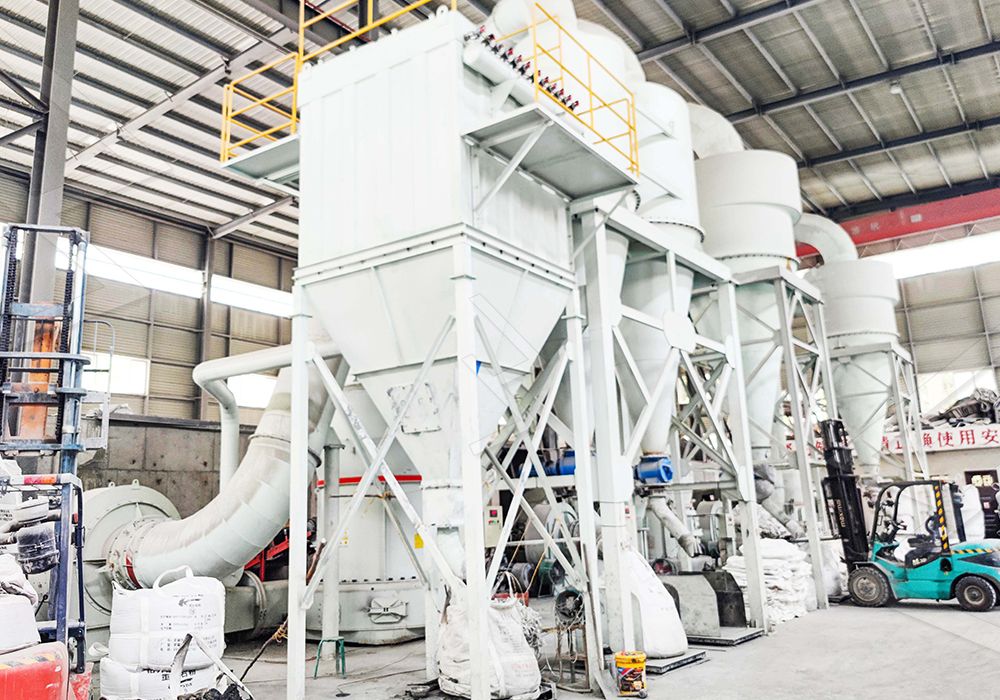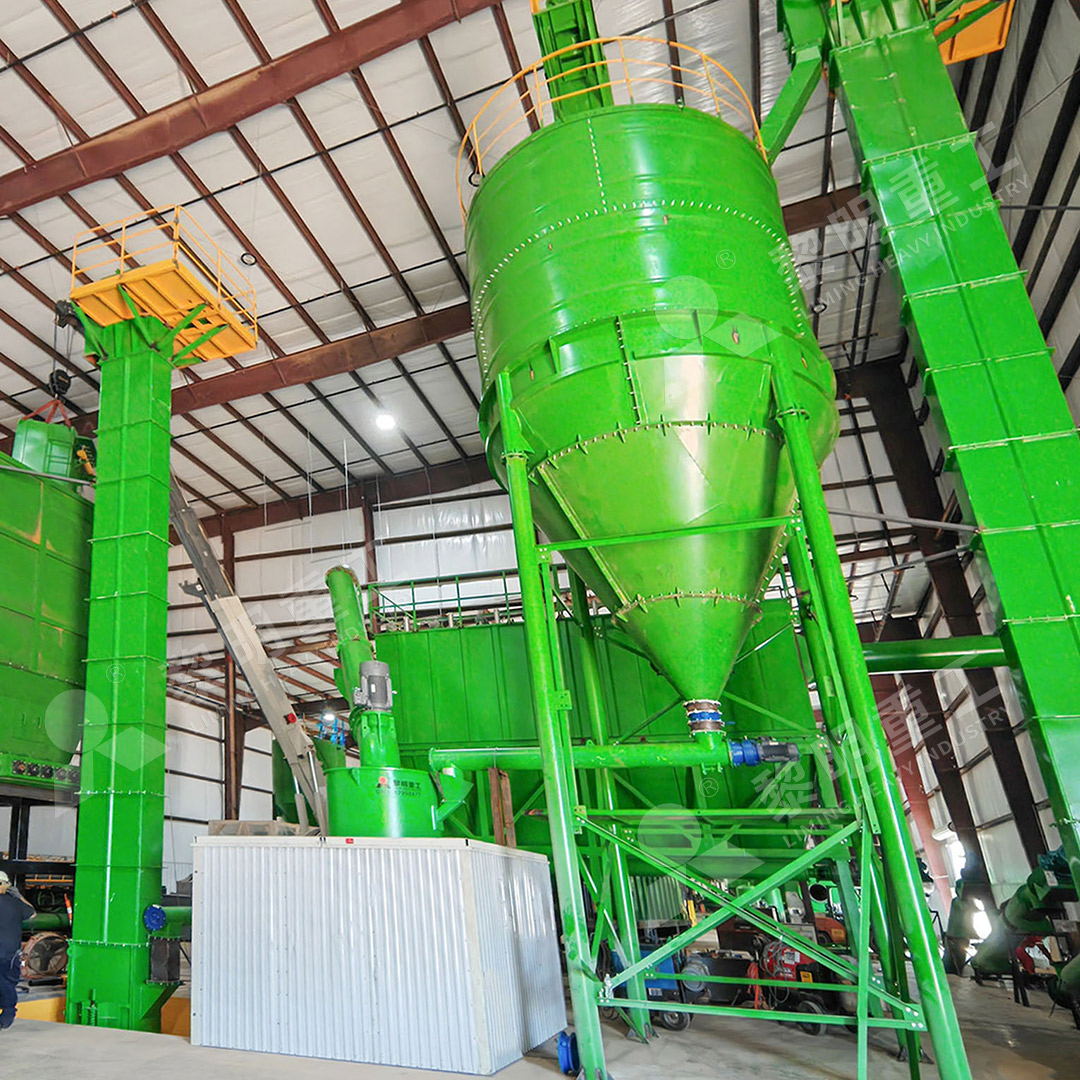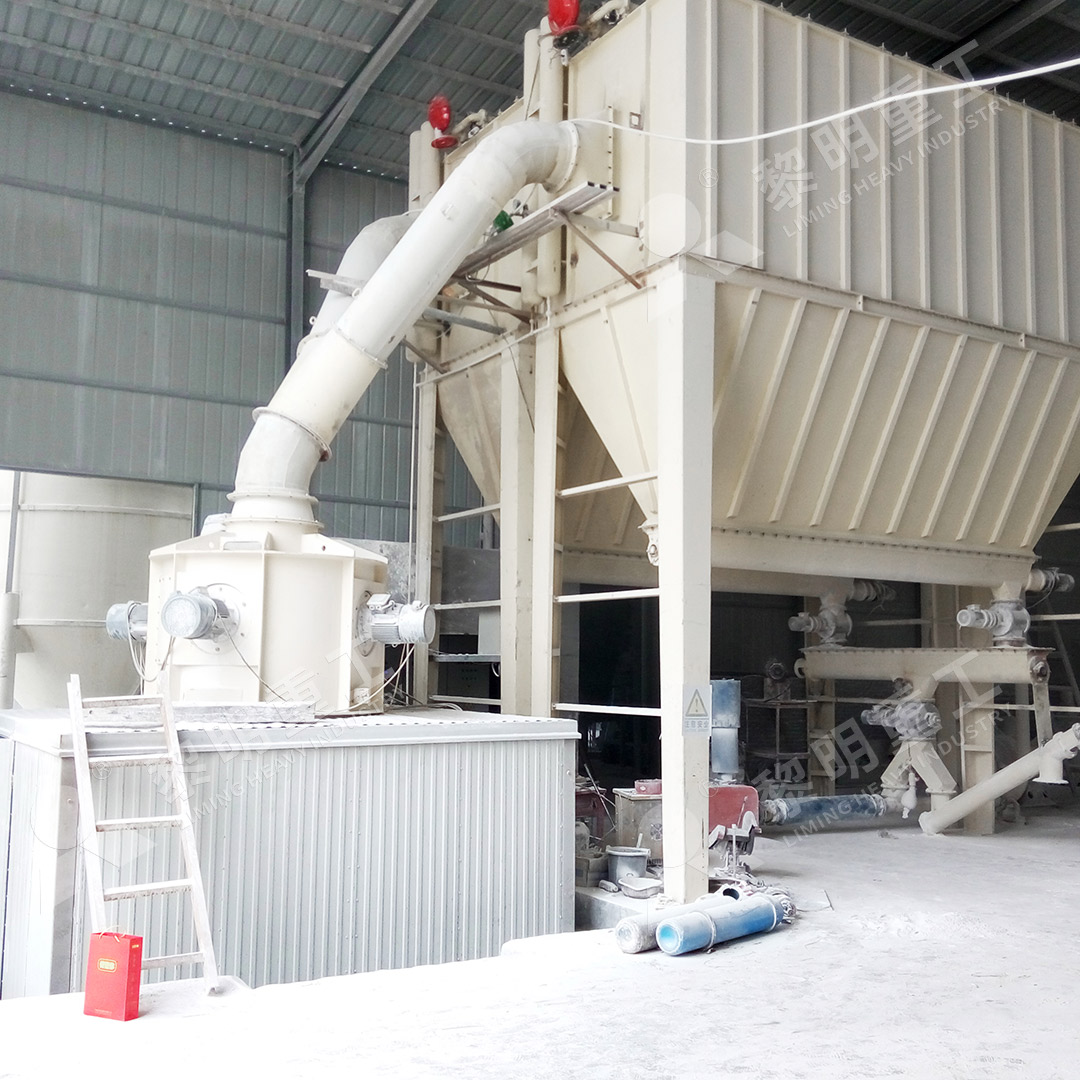Raymond Mill for Grinding Copper Ore: Key Features and Applications
Raymond Mill for Grinding Copper Ore: Key Features and Applications
In the mineral processing industry, efficient grinding of copper ore is paramount to achieving optimal liberation and recovery rates. While various milling technologies exist, Raymond Mill has established itself as a reliable and cost-effective solution for processing copper ores to medium fineness. Its robust design and operational efficiency make it a cornerstone in many concentrators worldwide.

Why Choose Raymond Mill for Copper Ore?
Copper ore, with its moderate to hard abrasiveness, requires a mill that can deliver consistent performance with minimal downtime. The traditional Raymond Mill design excels in this environment. Its grinding mechanism, which involves oscillating rollers pressing against a stationary ring, is particularly effective for brittle materials like copper sulfides and oxides. The system’s ability to handle feed sizes up to 25mm and produce a final product in the range of 0.6 to 5 tons per hour aligns well with the capacity requirements of many small to medium-scale copper processing operations.
The closed-circuit airflow system is another critical advantage. It ensures that finely ground copper particles are promptly removed from the grinding chamber, preventing over-grinding and reducing unnecessary energy consumption. The integrated classifier allows for precise control over the product fineness, which is crucial for the subsequent flotation process, where a specific particle size distribution maximizes copper mineral recovery.
Beyond Traditional Grinding: The Need for Ultrafine Solutions
As ore grades decline and process optimization becomes more critical, there is a growing demand for finer grinding to liberate copper minerals locked within gangue. For operations requiring ultra-fine powders to enhance flotation kinetics or for specialized chemical processing, traditional Raymond Mills may reach their limitations. This is where advanced grinding technologies from LIMING Heavy Industry offer a significant upgrade.
For projects demanding higher capacity and superior fineness, we highly recommend our MW Ultrafine Grinding Mill. This machine is engineered for customers who need to make ultra-fine powder from materials like copper ore. With an input size of 0-20 mm and a capacity ranging from 0.5 to 25 tph, it bridges the gap between conventional and high-intensity grinding. A key feature is its adjustable fineness between 325 and 2500 meshes, achieved through a advanced German cage-type powder selector. This ensures the precise particle size control needed for maximizing copper recovery in modern hydrometallurgical or pyrometallurgical processes.

Key Advantages in Copper Processing
- Higher Yielding, Lower Energy Consumption: The newly designed grinding curves of the MW Mill’s roller and ring enhance efficiency. Its production capacity is 40% higher than jet mills and double that of ball mills for the same fineness and power, while system energy consumption is only 30% of a jet mill.
- Eco-Friendly Operation: Grinding copper ore can be a dusty process. The MW Ultrafine Grinding Mill is equipped with an efficient pulse dust collector and muffler, minimizing dust and noise pollution and ensuring full compliance with national environmental standards.
- Reliable and Worry-free Design: A significant innovation is the absence of rolling bearings and screws in the grinding chamber. This eliminates common failure points, and the external lubricating device allows for 24/7 continuous operation, which is vital for maintaining throughput in a copper concentrator.
For operations looking for a vertical grinding solution that integrates multiple processes, the LUM Ultrafine Vertical Grinding Mill is another excellent option. It combines grinding, classifying, and transporting in a single unit, featuring higher yielding rates and energy savings of 30%-50% compared to common grinding mills, making it a compact and efficient choice.

Conclusion
Selecting the right grinding mill is a strategic decision that directly impacts the profitability of a copper processing plant. While the Raymond Mill remains a proven workhorse for standard applications, the advanced capabilities of the MW Ultrafine Grinding Mill and LUM Vertical Mill from LIMING Heavy Industry represent the next generation of grinding technology. They offer the precision, efficiency, and environmental compliance required to succeed in today’s competitive and technically demanding mining industry.
Frequently Asked Questions (FAQ)
What is the typical feed size for a Raymond Mill grinding copper ore?
The Raymond Mill can effectively process copper ore with a feed size of less than 25mm. For larger initial feed, a primary crusher is required upstream.
Can these mills handle wet or sticky copper ores?
Standard Raymond and MW Mills are designed for dry grinding. For moist ores, a drying system may need to be integrated into the circuit. It’s best to consult with our engineers for specific ore characteristics.
How does the MW Ultrafine Mill achieve such high fineness?
It utilizes a multi-head cage-type powder selector based on German technology. This allows for extremely precise classification of particles, enabling the production of powders as fine as 2500 meshes.
What kind of after-sales support does LIMING provide?
We take full responsibility for every machine we produce. This includes comprehensive technical services and a sufficient supply of original spare parts to ensure worry-free, continuous operation at your site.
